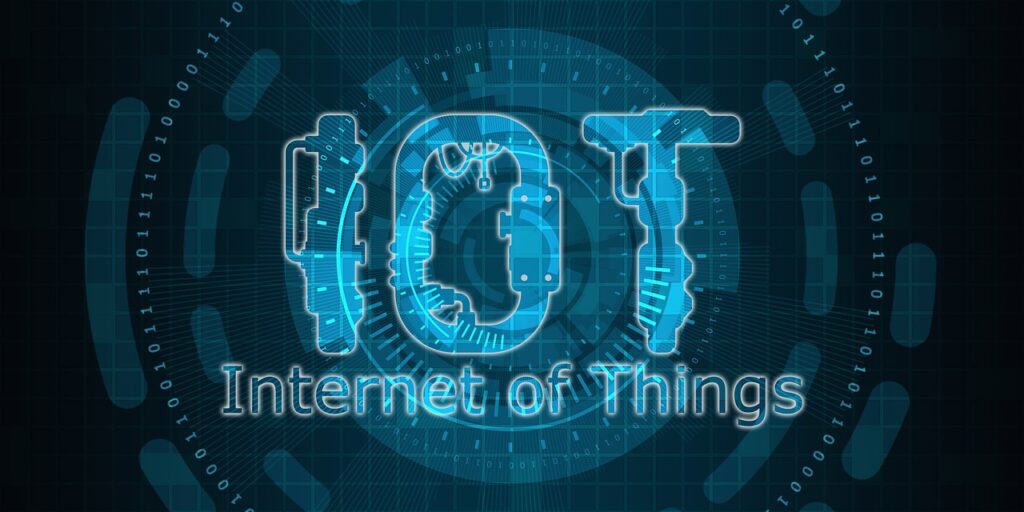In the digital age, where connectivity is the cornerstone of innovation, the Internet of Things (IoT) emerges as a transformative force, reshaping industries, enhancing efficiency, and enriching lives. From smart homes to industrial automation, IoT technologies have permeated every aspect of our daily existence, promising a future where the physical and digital realms seamlessly converge. Let’s delve deeper into the intricacies of IoT, its applications, challenges, and the boundless opportunities it presents.
Understanding IoT:
At its essence, the Internet of Things refers to the interconnected network of devices embedded with sensors, software, and other technologies, enabling them to collect and exchange data over the internet. These devices can range from smartphones and wearable gadgets to household appliances, vehicles, and industrial machinery. Through the integration of IoT, these disparate objects become part of a unified ecosystem, facilitating automated processes, real-time monitoring, and data-driven decision-making.
Applications Across Industries:
The versatility of IoT transcends industry boundaries, fostering innovation and optimization across various sectors:
- Smart Homes: IoT-enabled devices such as thermostats, lighting systems, and security cameras empower homeowners with remote control and automation capabilities, enhancing comfort, convenience, and security.
- Healthcare: In the realm of healthcare, IoT facilitates remote patient monitoring, personalized treatment plans, and efficient resource allocation, revolutionizing healthcare delivery and improving patient outcomes.
- Manufacturing: IoT-driven automation streamlines production processes, minimizes downtime, and enhances quality control in manufacturing facilities, paving the way for Industry 4.0.
- Transportation: Connected vehicles equipped with IoT sensors gather data on traffic patterns, driver behavior, and vehicle performance, leading to optimized route planning, predictive maintenance, and enhanced safety measures.
- Smart Cities: Municipalities leverage IoT technologies to optimize resource management, improve urban mobility, and enhance public services, fostering sustainable development and quality of life for residents.
Challenges and Considerations:
While the potential of IoT is vast, several challenges must be addressed to realize its full benefits:
- Security Concerns: The proliferation of connected devices increases the risk of cyber threats, necessitating robust security measures to safeguard sensitive data and prevent unauthorized access.
- Interoperability: The diverse array of IoT devices often operate on different protocols and standards, posing challenges for seamless integration and interoperability.
- Privacy Issues: The vast amounts of data generated by IoT devices raise concerns about privacy and data protection, requiring transparent policies and stringent regulations to safeguard user information.
- Scalability: As IoT ecosystems continue to expand, scalability becomes a crucial consideration, ensuring that infrastructure can support the growing influx of connected devices and data streams.
Future Outlook:
Despite the challenges, the future of IoT is undeniably promising, with continued advancements poised to unlock new possibilities and reshape industries. Key trends shaping the future of IoT include:
- Edge Computing: The proliferation of edge computing technologies enables data processing and analysis to occur closer to the source, reducing latency and enhancing real-time responsiveness in IoT applications.
- 5G Connectivity: The rollout of 5G networks promises to accelerate the adoption of IoT by providing faster data speeds, lower latency, and increased network capacity, enabling new use cases and applications.
- Artificial Intelligence: The integration of artificial intelligence and machine learning algorithms enhances the intelligence of IoT systems, enabling predictive analytics, anomaly detection, and autonomous decision-making.
- Sustainability: IoT technologies play a pivotal role in advancing sustainability efforts, enabling smart resource management, energy optimization, and environmental monitoring to mitigate the impacts of climate change.
Conclusion:
As we stand on the cusp of a hyper-connected future, the Internet of Things emerges as a catalyst for innovation, efficiency, and transformation across industries. By harnessing the power of IoT, organizations can unlock new opportunities, optimize operations, and deliver value to consumers in unprecedented ways. However, realizing the full potential of IoT requires addressing security, privacy, and interoperability challenges while embracing emerging technologies and trends. With careful consideration and strategic implementation, IoT has the potential to revolutionize the way we live, work, and interact with the world around us.
